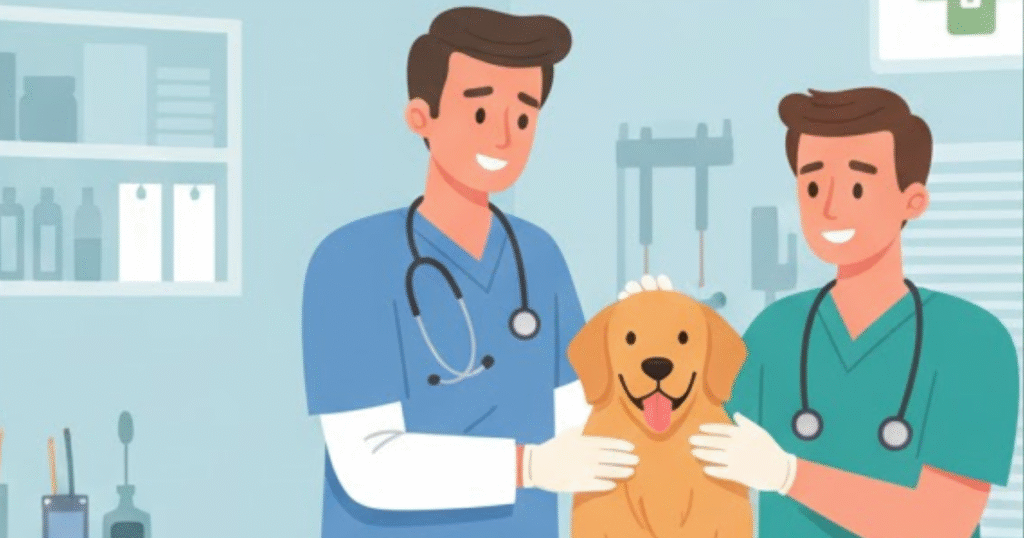
Pets are family. You care deeply about their health and happiness. However, there are times when your pet’s health requires more than home care. Recognizing these signs early can make a big difference. A Sumter veterinarian can guide you. Knowing when to bring your pet to a veterinary hospital ensures they get the attention they need. In this blog, you’ll learn the three critical signals that it’s time for a professional evaluation. Whether it’s sudden changes in behavior, unusual physical symptoms, or unexplained weight loss, these signs should not be ignored. Identifying these issues promptly can lead to quicker recovery and prevent further complications. Your beloved companion deserves the best. By understanding these signs, you can make informed decisions for their well-being. Stay vigilant and responsive to ensure your pet remains healthy and happy.
1. Changes in Behavior
Behavioral changes are often the first sign of trouble. If your pet suddenly becomes aggressive or unusually lethargic, it could indicate a health issue. Pay attention to unusual hiding, excessive barking, or meowing. These behaviors may signal pain or discomfort. A visit to the veterinary hospital can help diagnose and treat the underlying conditions.
If you’re unsure whether these changes are concerning, consider contacting a veterinarian. For more guidance on pet behaviors, this resource from the AVMA offers useful insights.
2. Physical Symptoms
Physical symptoms like vomiting, diarrhea, or difficulty breathing should never be ignored. Even minor symptoms can escalate quickly, requiring immediate medical attention. Check for signs such as coughing, sneezing, or unusual lumps. These symptoms can point to a range of health problems.
For instance, vomiting could be a sign of anything from dietary indiscretion to more serious conditions like kidney failure. A comprehensive evaluation by a veterinarian will provide clarity and the appropriate course of action. The FDA’s guidelines on pet health can also help you identify when symptoms warrant a hospital visit.
3. Unexplained Weight Loss
Weight loss in pets can be alarming, indicating issues such as dental disease, diabetes, or cancer. Monitor your pet’s eating habits. If they refuse food or drink for more than a day, it’s time to seek professional help. Consistent weight monitoring at home can help detect gradual changes early.
Consider keeping a simple record of your pet’s weight and feeding patterns. This data can aid veterinarians in diagnosing potential health issues. Below is a simple table to track weight changes:
| Month | Weight (lbs) | Notes |
|---|---|---|
| January | 10 | Healthy appetite |
| February | 9.5 | Decreased appetite |
| March | 9 | Vomiting observed |
This simple tracking system provides valuable insight into your pet’s health trends over time. If you notice consistent weight loss, schedule a visit to the veterinary hospital for a thorough examination.
Conclusion
Recognizing these three signs can protect your pet’s health. Behavioral changes, physical symptoms, and weight loss are key indicators. Prompt action can prevent potential complications and ensure your pet receives the care they need. When in doubt, consult professionals who can offer expert advice and treatment options.
Your pet relies on you for their well-being. By staying observant and proactive, you can support their long, happy life. Trust your instincts and reach out to your veterinarian whenever you notice something unusual. Your attentiveness can make all the difference.
Mariam holds an MS in Sociology with a specialization in Medical Sociology and Social Psychology. With a strong academic background and extensive research work in both fields, she brings depth and clarity to complex topics. Her writing explores the intersection of society, health, and the human mind, making academic ideas easy to grasp and relevant to everyday life.


